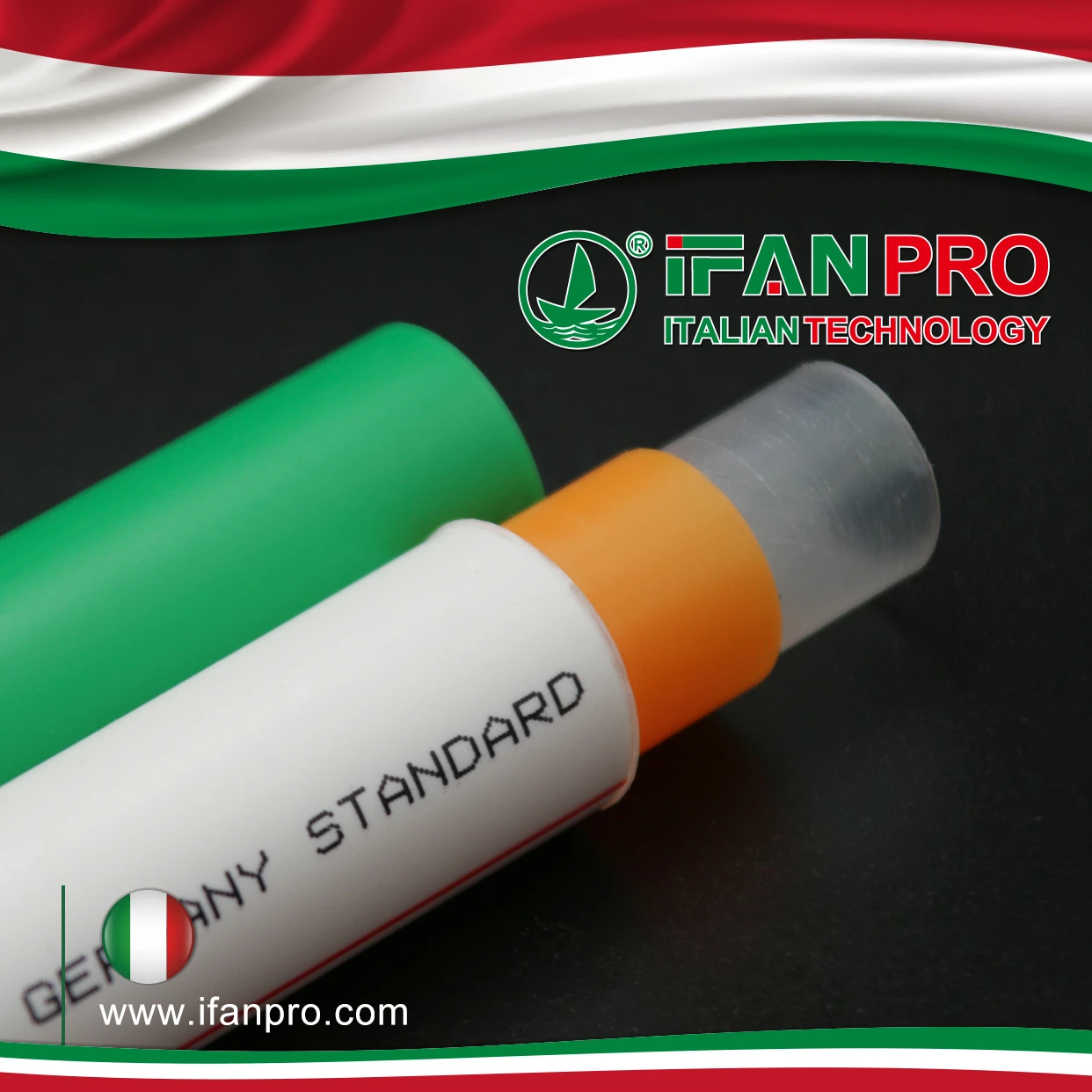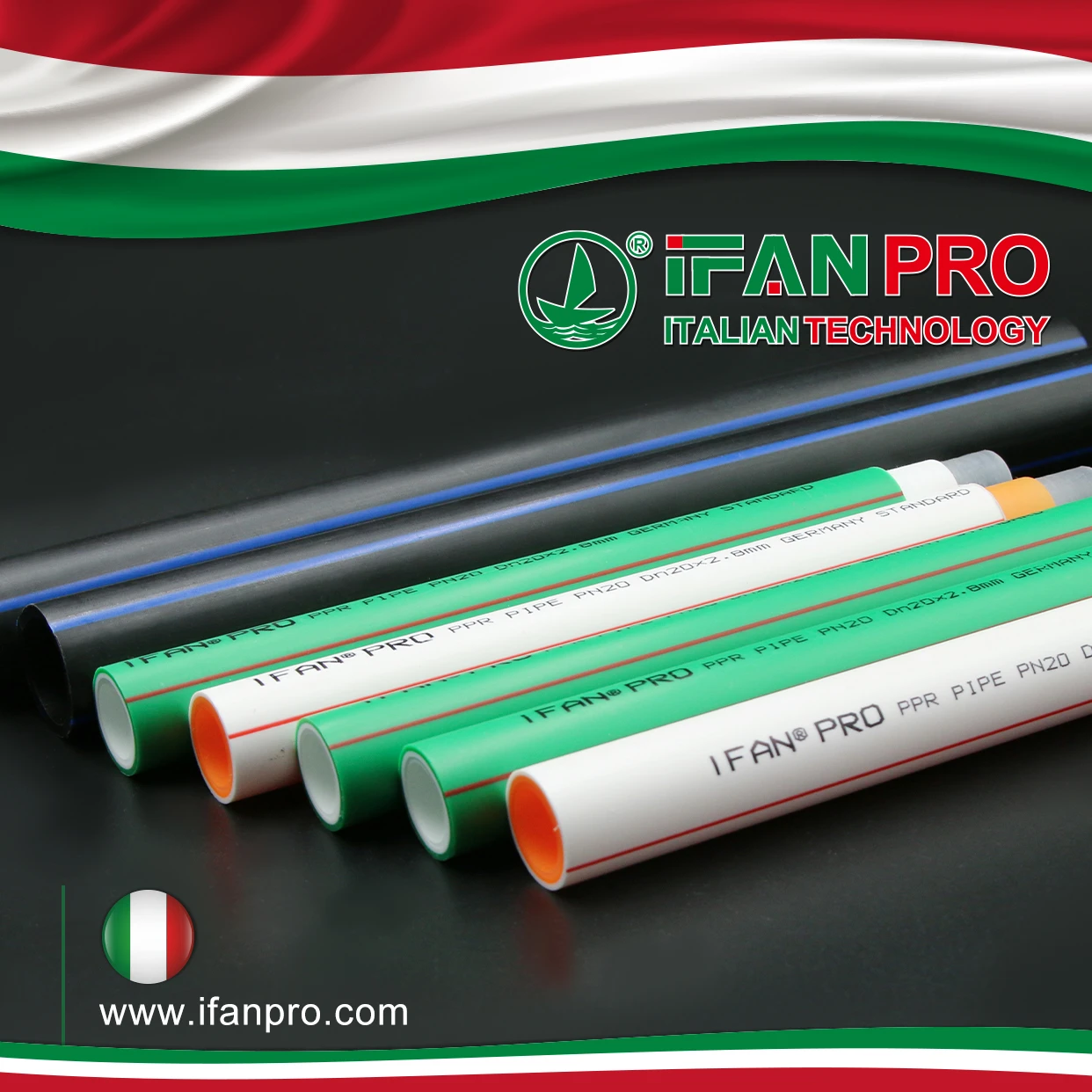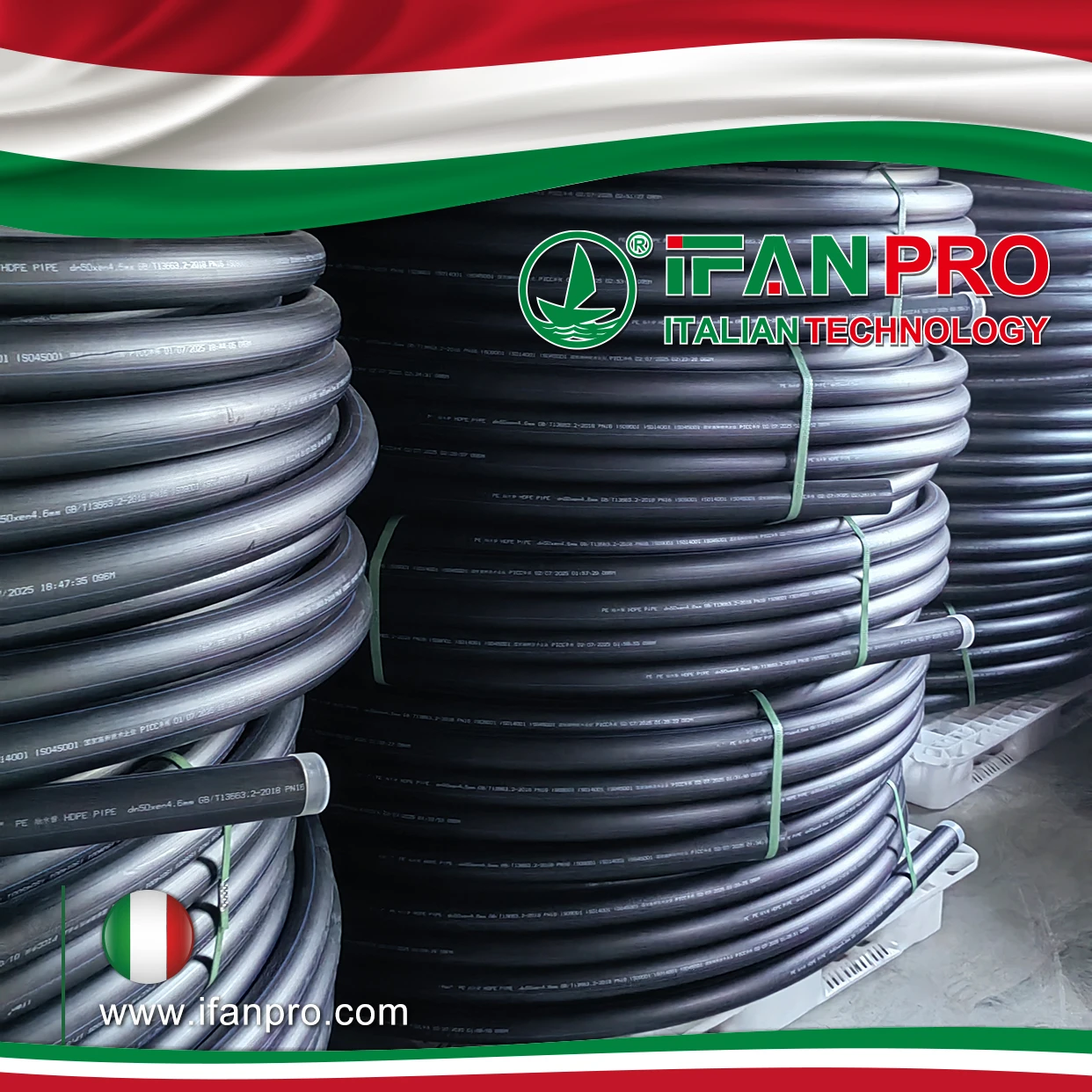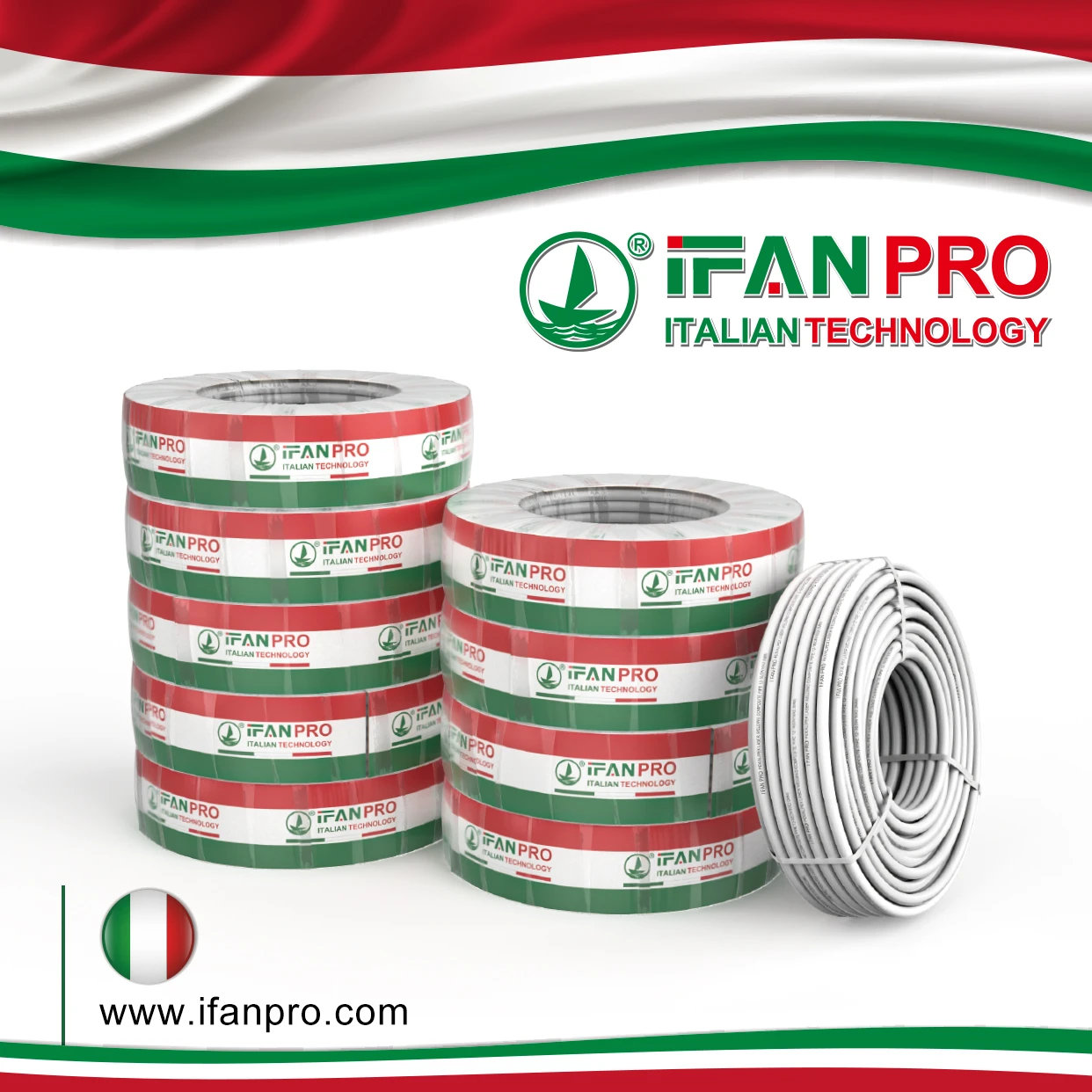During a hotel renovation, we saw PP-R pipes fail under upgraded high-temperature demands, prompting deep testing of PEX-Al-PEX vs PP-R Which Handles Heat Better. For authoritative insights, reference ASTM F2207
PEX-Al-PEX generally handles high temperatures better than PP-R, withstanding up to 95°C continuously versus PP-R’s 70°C limit. The aluminum layer in PEX-Al-PEX provides superior dimensional stability under heat, while PP-R offers better heat retention but suffers from greater thermal expansion that compromises its pressure resistance at elevated temperatures.
Understanding these materials’ thermal characteristics ensures proper selection for hot water and heating applications. Additionally, recognizing their installation requirements helps prevent performance issues. Let’s examine the specific heat handling capabilities of each material system.
What Are the Maximum Temperature Ratings for PEX-Al-PEX Versus PP-R?

When a residential complex experienced repeated pipe failures in their solar thermal system, our investigation revealed they had exceeded PP-R’s temperature limits. Subsequent testing provided clear data on both materials’ thermal boundaries.
PEX-Al-PEX maintains a maximum continuous temperature rating of 95°C with short-term peaks to 110°C, while PP-R typically handles 70°C continuously with 95°C maximum peak temperature. This 25°C difference makes PEX-Al-PEX significantly better for high-temperature applications like solar thermal systems and high-temperature heating.
Continuous Operating Temperatures
The fundamental temperature limitations stem from material properties. Firstly, PEX-Al-PEX’s cross-linked polyethylene layers provide excellent thermal stability, while the aluminum core acts as an oxygen barrier and reinforces structural integrity. This composite construction allows sustained operation at temperatures that would degrade standard plastic pipes.
Meanwhile, PP-R’s polypropylene random copolymer begins to soften significantly above 70°C, leading to reduced pressure capacity and accelerated aging. Long-term exposure to temperatures near its upper limit causes molecular degradation that shortens the material’s lifespan considerably.
Short-Term Temperature Performance
Both materials handle brief temperature excursions differently. PEX-Al-PEX can withstand occasional spikes to 110°C for limited durations, making it suitable for systems with occasional overheating risks. However, PP-R’s maximum short-term temperature of 95°C provides less safety margin for unexpected temperature surges.
Temperature-Aging Relationship
Long-term heat exposure affects material lifespan differently. The following table illustrates how temperature impacts expected service life:
| Temperature | PEX-Al-PEX Lifespan | PP-R Lifespan | Performance Notes |
|---|---|---|---|
| 20°C | 50+ years | 50+ years | Both perform excellently |
| 60°C | 25-30 years | 20-25 years | PP-R shows faster aging |
| 70°C | 15-20 years | 10-15 years | PP-R near maximum limit |
| 80°C | 10-15 years | 5-7 years | PP-R aging accelerates |
| 95°C | 5-7 years | Not recommended | PEX-Al-PEX at maximum |
How Does Heat Retention Differ Between Composite and Plastic Pipe Materials?

We conducted thermal imaging tests in an apartment building to compare actual heat retention between installed PEX-Al-PEX and PP-R systems. The results revealed surprising differences that impacted energy efficiency.
PP-R provides better heat retention with lower thermal conductivity (0.24 W/mK) compared to PEX-Al-PEX (0.43 W/mK), reducing heat loss in hot water applications. However, PEX-Al-PEX’s aluminum layer distributes heat more evenly and responds faster to temperature changes, providing quicker hot water delivery at fixtures.
Thermal Conductivity Characteristics
The materials’ composition creates distinct thermal behaviors. PP-R’s homogeneous plastic structure acts as a natural insulator, slowing heat transfer through pipe walls. This characteristic helps maintain water temperature over longer distances, reducing energy consumption for hot water recirculation systems.
Conversely, PEX-Al-PEX’s aluminum core creates higher thermal conductivity, which allows faster heat transfer. While this increases standing heat loss, it also enables quicker hot water delivery at fixtures since heat transfers more rapidly from the water to the pipe interior.
Standby Heat Loss Comparison
Practical testing reveals measurable performance differences. In controlled conditions with 60°C water and 20°C ambient temperature, PP-R pipes show approximately 30% less heat loss per meter compared to PEX-Al-PEX. This difference becomes significant in long pipe runs and poorly insulated installations.
Response Time to Temperature Changes
The materials react differently to temperature adjustments. PEX-Al-PEX’s conductive properties allow faster system response when temperature changes are required, making it preferable in systems requiring frequent temperature adjustments. Meanwhile, PP-R’s insulating characteristics create slower response times but better temperature stability once setpoints are reached.
Which Material Maintains Better Pressure Resistance Under High Temperatures?

A manufacturing facility’s cooling system failure demonstrated the critical importance of pressure-temperature performance when PP-R pipes burst under combined heat and pressure stress, causing significant production downtime.
PEX-Al-PEX maintains significantly better pressure resistance at high temperatures, retaining approximately 60% of its room-temperature pressure rating at 95°C compared to PP-R’s 30% retention. The aluminum reinforcement prevents the thermal expansion that weakens PP-R’s pressure capacity as temperatures increase.
Pressure-Temperature Derating
Both materials experience reduced pressure capacity as temperatures rise, but at different rates. PEX-Al-PEX’s composite structure provides exceptional resistance to pressure derating, with PN 20 pipe maintaining 12 bar at 20°C and approximately 7 bar at 95°C. This gradual derating provides better safety margins in high-temperature applications.
Meanwhile, PP-R experiences more rapid pressure derating, with PN 20 pipe dropping from 20 bar at 20°C to approximately 6 bar at 70°C. This steep decline requires larger safety factors and often necessitates higher pressure class selection for high-temperature applications.
Burst Pressure Performance
The materials respond differently to overpressure conditions at elevated temperatures. Testing shows PEX-Al-PEX maintains more consistent burst pressure characteristics across its temperature range, while PP-R’s burst pressure declines more rapidly as temperatures increase. This difference becomes crucial in systems experiencing occasional pressure surges.
Long-Term Hydrostatic Strength
Sustained pressure under heat reveals material durability. The following comparison illustrates performance differences:
| Temperature | PEX-Al-PEX Pressure Retention | PP-R Pressure Retention | Recommended Applications |
|---|---|---|---|
| 20°C | 100% (Reference) | 100% (Reference) | Both suitable |
| 40°C | 85% | 80% | Residential hot water |
| 60°C | 70% | 50% | Commercial hot water |
| 80°C | 65% | 35% | Heating systems |
| 95°C | 60% | Not recommended | High-temperature industrial |
What Installation Advantages Does Each System Offer for High-Temperature Applications?

During a tight-deadline hospital project, we utilized both PEX-Al-PEX and PP-R in different sections based on their installation advantages, completing the project two weeks ahead of schedule while optimizing each system for its specific application.
PEX-Al-PEX offers installation advantages through its flexibility, which reduces fitting requirements and accommodates thermal expansion naturally, while PP-R provides superior fusion-welded joints that maintain integrity better under thermal cycling but requires more precise installation to manage its higher expansion rate.
PEX-Al-PEX Installation Benefits
The composite material offers several installation advantages. Firstly, its flexibility allows bending around obstacles without fittings, reducing potential leak points and installation time. This characteristic proves particularly valuable in retrofits and complex routing situations where direction changes are frequent.
Secondly, the material’s expansion characteristics simplify support requirements. PEX-Al-PEX’s lower linear expansion coefficient (0.026 mm/m°C) compared to PP-R (0.15 mm/m°C) means less accommodation for thermal movement is required, reducing the need for expensive expansion compensation devices.
PP-R Installation Considerations
PP-R requires different installation approaches for optimal performance. The fusion welding process creates monolithic joints that are actually stronger than the pipe itself, providing exceptional reliability in fixed installations. However, this process demands skilled technicians and proper equipment calibration to achieve perfect joints.
Additionally, PP-R’s higher thermal expansion necessitates careful planning for expansion management. Engineers must incorporate expansion loops, offsets, or compensation devices in longer runs, particularly in systems experiencing wide temperature variations. This requirement increases installation complexity and cost.
Comparative Installation Analysis
The table below summarizes key installation differences:
| Installation Factor | PEX-Al-PEX | PP-R | Impact on Projects |
|---|---|---|---|
| Joint Method | Mechanical fittings | Fusion welding | PP-R requires more skill |
| Expansion Management | Minimal needed | Extensive planning | PEX-Al-PEX faster to install |
| Support Spacing | Standard spacing | Closer spacing | PP-R needs more supports |
| Repair Complexity | Simple cut-and-repair | Specialized welding | PEX-Al-PEX easier to repair |
| Temperature During Install | No special requirements | Avoid high ambient temps | PP-R more weather-sensitive |
Conclusión
PEX-Al-PEX generally outperforms PP-R in high-temperature applications due to its higher temperature rating, better pressure retention at elevated temperatures, and easier installation with natural expansion accommodation. However, PP-R remains a cost-effective choice for moderate-temperature applications where its superior heat retention and fusion-welded joint reliability provide distinct advantages. Understanding these differences ensures optimal material selection based on specific project requirements, temperature ranges, and installation constraints.













Comentarios recientes